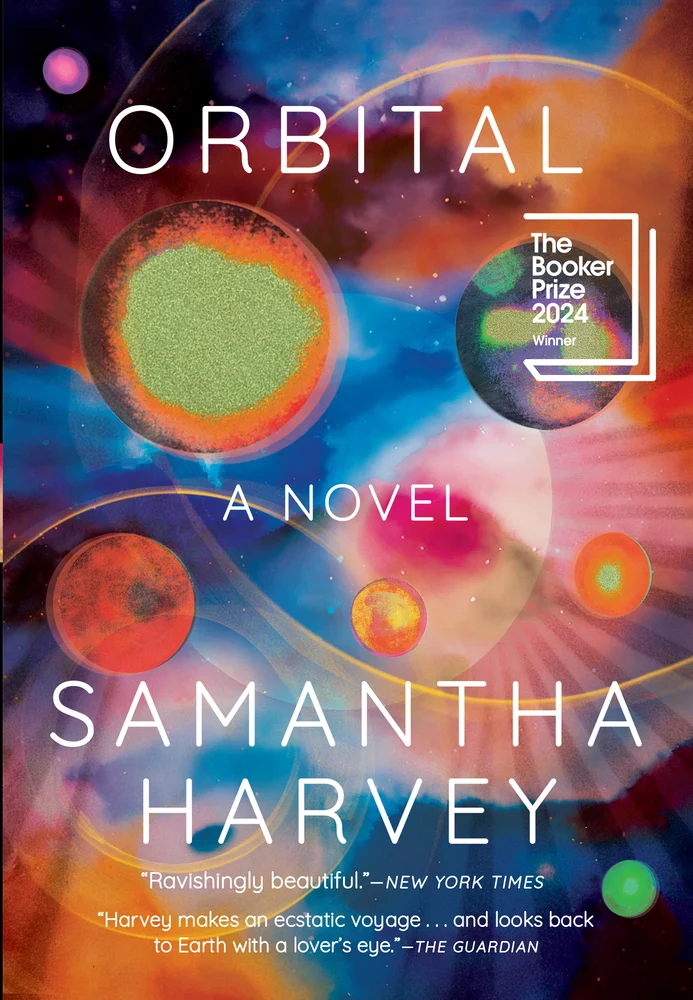With the arrival of spring we’re leaping bravely into unfamiliar worlds—safe in the hands of experts, of course. An eerie peripheral dreamscape; quotidian life viewed from upside down or inside out, never as expected; the dark bureaucracy of the criminal underground; messages ferried to and from ghosts—these are unmapped terrains, and what better companions than these authors, their first cartographers? Expand your world(s) this month with these suggestions from our contributors and staff.
Recommended:
Bone Map: Poems by Sara Eliza Johnson, Aimless Love: New and Selected Poems by Billy Collins, Blood and Money by Thomas Thompson, Self-Portrait in Green by Marie NDiaye, Elegies for the Brokenhearted: A Novel by Christie Hodgen.
 Bone Map by Sara Eliza Johnson
Bone Map by Sara Eliza Johnson
Recommended by Cate McLaughlin (Poetry Contributor, Issue 05):
Think of Sara Eliza Johnson’s collection, Bone Map, as a hurricane lamp to take with you as you tromp through the dark forest of this frigid month. Her poems are haunting, sexy, and strange—meditations on loss and the body that seduce and never fail to upset expectations. Johnson has a rare ear, and not just for music, but for silence. In “Elegy Surrounded by Water,” she says, “Listen—I am / trying to send you / a human sound.” Any readers like me will be relieved to hear it.
Aimless Love: New and Selected Poems by Billy Collins
Recommended by Diana Babineau (Managing Editor):
Aimless Love compiles the best of Collins’s verse since 2002, showcasing his ability to find humor and wonder in the mundanity of ordinary life. He often begins a poem with an everyday scene—a woman complaining about her husband on the radio, a man eating alone, a child running around a statue in the park—then turns it on its head in a charming yet profound way. While he tackles familiar questions of love, happiness, loss, and purpose, it’s impossible to rush through this book. Aimless Love’s originality and wit will make you pause, chuckle, and look at your desk lamp in a completely different light with every turn of the page.
Blood and Money by Thomas Thompson
Recommended by Gregory Curtis (Nonfiction Contributor, Issue 05):
This now unduly ignored masterpiece of reporting and writing was a huge bestseller when it was published in 1976. Time has not leached away any of the narrative force that made it so popular. The socialite wife of a young plastic surgeon in Houston dies under circumstances so peculiar that many thought the doctor had murdered her. Then the doctor is murdered in the doorway of his mansion by a hired gunman. Thompson is equally comfortable portraying the world of Houston’s wealthy, horsey set as he is immersing himself in the lives of the criminal underground. And he knows how the cops work, how the courts work, how a prosecutor prepares a case, and how a defense lawyer seduces a jury. Every character is fully drawn after prodigious research. No caricatures, no shortcuts, no faking. And you never know what turn the story will take next. It’s better than In Cold Blood.
 Self-Portrait in Green by Marie NDiaye
Self-Portrait in Green by Marie NDiaye
Recommended by Terese Svoboda (Fiction Contributor, Issues 05 and 08):
Self-Portrait in Green by Marie NDiaye, translated by the brilliant Jordan Stump. Only 60 pages long, the surreal novella is eerie and mysterious, about a haunting someone in green. A kind of French African Elena Ferrante, NDiaye explores the not quite dreamscape of a contemporary French woman refusing to come to terms with the archetype of family in either Paris or Ouagadougou. A suicide, a ghost, stray children, and a narrative that circles inevitably back to the author, Self-Portrait in Green captures the scary reality of the periphery.
Elegies for the Brokenhearted by Christie Hodgen
Recommended by Kelly Fordon (Book Reviewer for The Common):
Elegies for the Brokenhearted is a brilliant novel comprised of five “elegies” for deceased acquaintances of the protagonist, Mary Murphy. Even though Mary spends the entire novel addressing dead people, it’s not the least bit maudlin. She is coming to terms with a narcissistic mother, and, for her, telling the story in elegies provides the same protection as using a long box to view the sun. The motley crew she pays tribute to includes a wayward uncle, a childhood classmate, and a gay coworker, but these vignettes are luminous, and they serve as a reminder that even fleeting encounters can change the course of a person’s (and possibly a reader’s) life forever.






